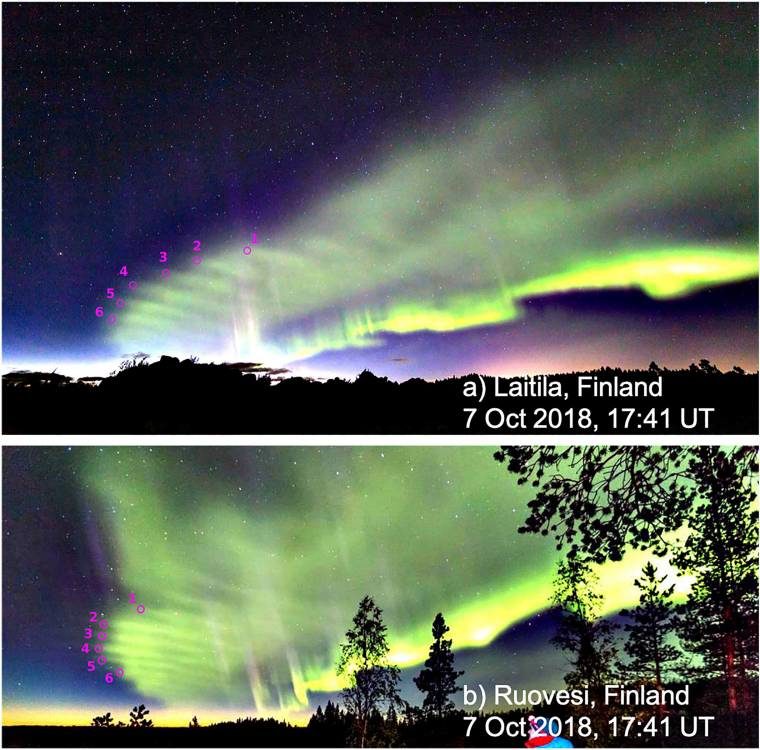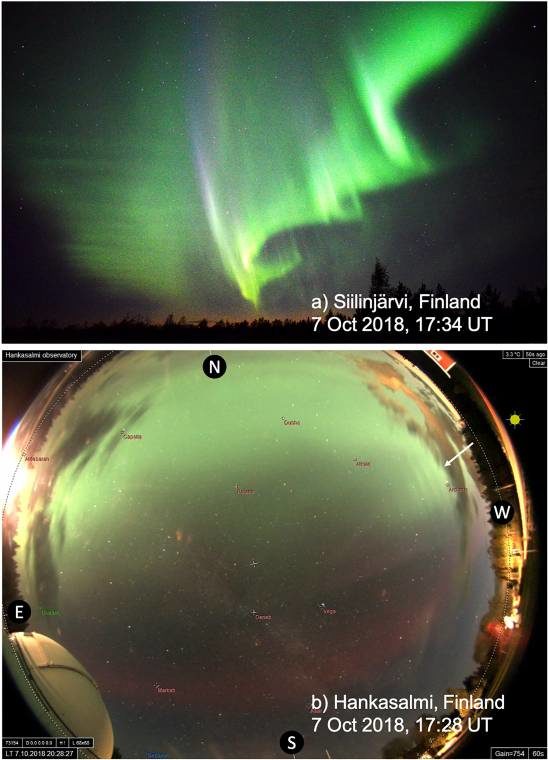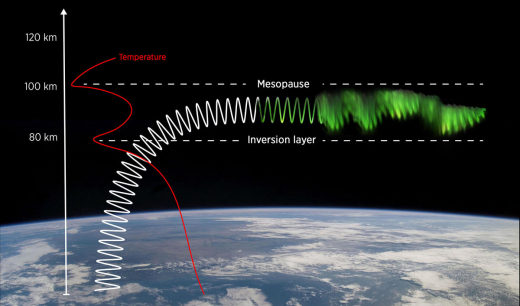OF THE
TIMES
'First city in Canada to require a QR code to exit the city' Islanders big and small are an easy target. by DOREEN APR 25, 2024 [Link]
It's like buying a $1,000 car isn't it? Just keep pouring money in and it's still a $1,000 car. Good song BTW, by the Bottle Rockets.
'Revolt in the Universities' University students across the country, facing mass arrests, suspensions, evictions and explusions are our last, best...
'THE END OF HUMANITY - As Planned By The Global Leaders' [Link]
'NEWS: Urgent message from a former Canadian Military Veteran to be shared publicly - for Canadians - please read and share with your social...
To submit an article for publication, see our Submission Guidelines
Reader comments do not necessarily reflect the views of the volunteers, editors, and directors of SOTT.net or the Quantum Future Group.
Some icons on this site were created by: Afterglow, Aha-Soft, AntialiasFactory, artdesigner.lv, Artura, DailyOverview, Everaldo, GraphicsFuel, IconFactory, Iconka, IconShock, Icons-Land, i-love-icons, KDE-look.org, Klukeart, mugenb16, Map Icons Collection, PetshopBoxStudio, VisualPharm, wbeiruti, WebIconset
Powered by PikaJS 🐁 and In·Site
Original content © 2002-2024 by Sott.net/Signs of the Times. See: FAIR USE NOTICE



Comment: Although observers claim to have been seeing auroras like the Dunes 'for years', the question is: How many years? Because this appears to be yet another sign of our the rapidly shifting conditions on our planet, and in Space. Below are just some of the more recent reports:
- Stunning iridescent clouds snapped above skies of Siberia's Belukha mountain
- Gigantic jet photographed piercing the sky in China
- Rare fogbow photographed on the Cardigan Bay coast, Wales
- Planetary wave supercharges extremely rare southern noctilucent clouds event
- Unique interaction in Earth's magnetosphere causes new type of auroras
- Light from Betelgeuse faintest ever recorded, temperature way down in just 4 months, yet star has 'swollen' by 9%
- Astronomers observe SIX galaxies undergo sudden, dramatic transitions into super-bright quasars
- 100 previously catalogued stars just vanished!
- Study of strange 'ghost' particles detected in Antarctic leaves physicists baffled
- Rarely-seen atmospheric gravity wave phenomenon captured by satellite over Australia
Also check out SOTT radio's: